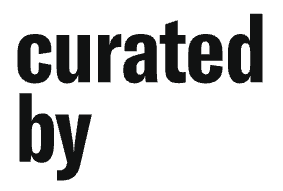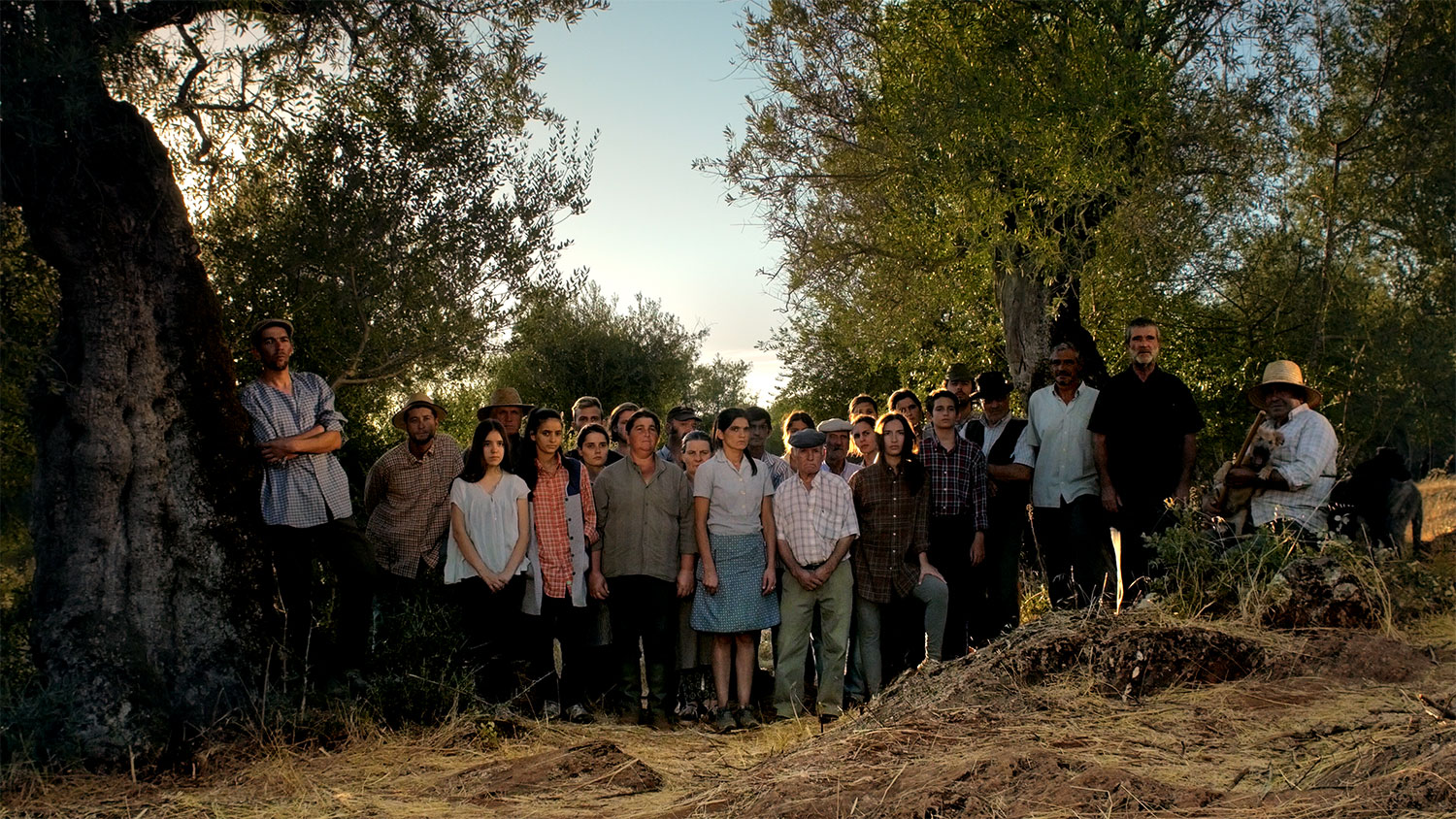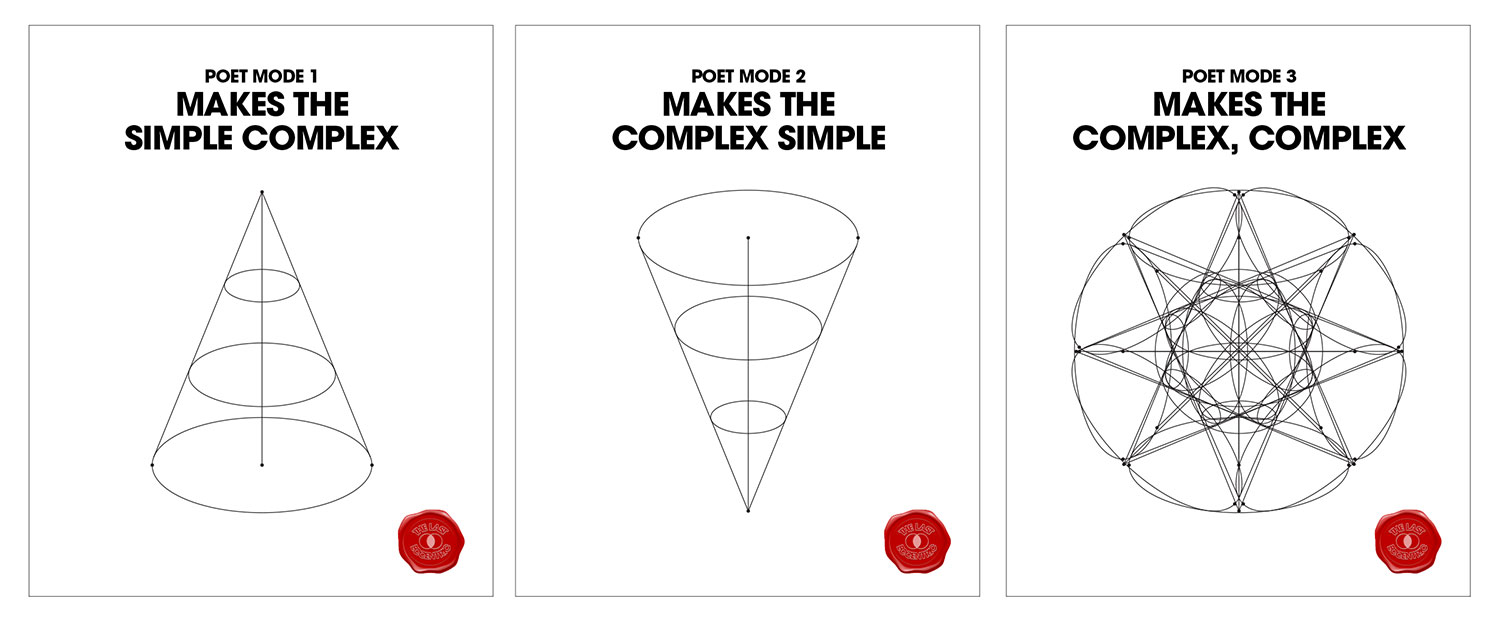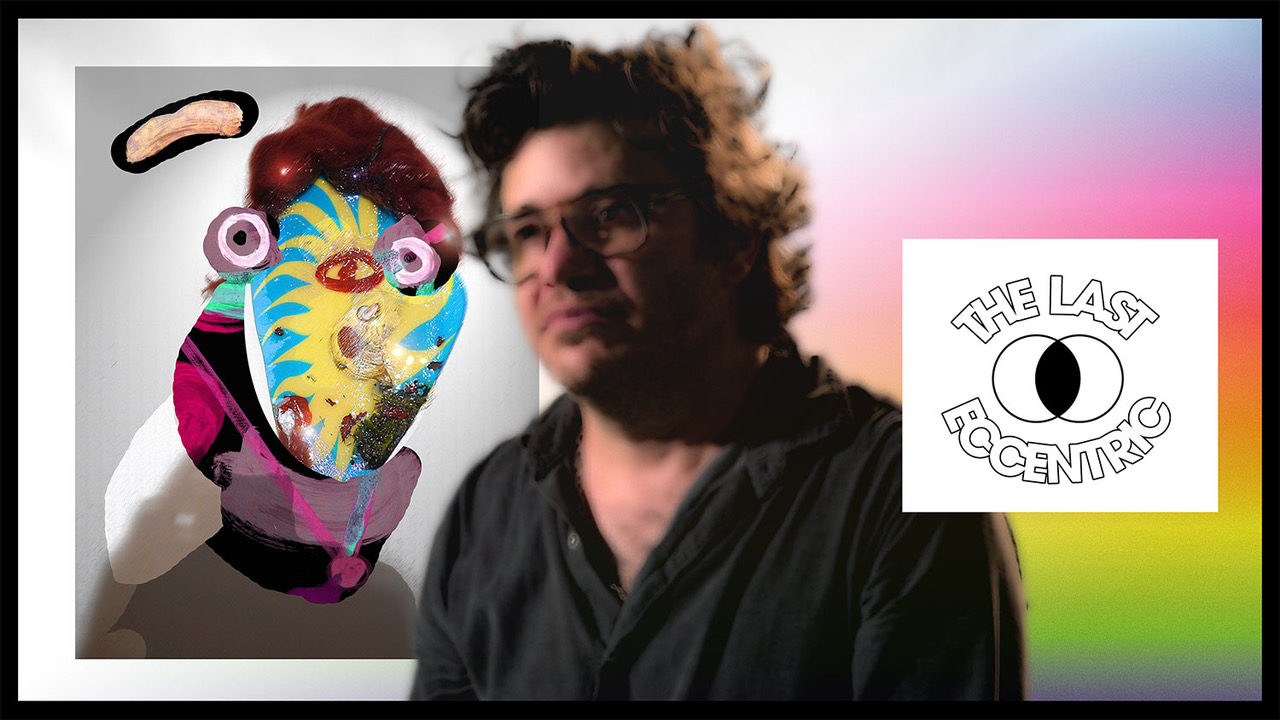FELIX GAUDLITZ curated by Katherine Pickard
„Tribe-Specific“

www.felixgaudlitz.com
Curator(s):

Artist(s):
- Jimmy Raskin
- Audrey G. Bennett
- Marta Mateus
Exhibition text
More
“One enters into conversation in order to become an other for the other.”
Alphonso Lingis, The Community of Those Who Have Nothing in Common
A line of poetry spreads across the page echoing the infectious virus it describes (Neves Marques). A gesture serves as the fundamental key to unlocking a forgotten language (Mateus). A cliché emerges as the most lucid mode of expression (Raskin). A dormant surface is activated by an inquisitive subject (Jamison). A visual language is offered up directly, its effects rendered tangible for those eager to take up its vocabulary (Auerbach).
The traditional modernist distinction between art and design is that art has no inherent function or concerns to commu- nicate. However, as art has more and more engaged questions of design, the two forms have become increasingly imbricated. Therefore, the enquiries into translation and communication with the world have become legitimate areas of exploration for art. Designers, as translators of infor- mation, thoughts, concepts, rely on input from their audiences in order to refine and communicate their ideas. These conceptual feedback loops are a seldom discussed actuality, an opaque reality for art. The artist suspends the idea of reach- ing an audience as a predetermined body; the effects enacted on that body are the sole by-product of the inner workings of the object. With this exhibition, we begin to look more closely at how certain artists implement a singular visual language and why, and for whom it serves. Why acts of translation in the first place?
Design scholar Audrey Bennett’s model of interactive aesthetics – which aims to democratise control of images in society – provides the starting point for thinking about the role of the translator and their relationship to the audience within any circulatory system. Graphic elements, what Bennett calls “communication arti- facts,” are all around us ... in the archive: neatly tucked away and out of reach, called up for research by a select few, sourced and cited. Could those artifacts be disseminated and seen outside the group of exhibition visitors, and alongside an artist’s (un)intended viewership?
We address this question by producing a context-specific communication tool used to reach an expanded audience on their own terms: an exhibition poster de- signed by Martha Stutteregger following Bennett’s design parameters. As Bennett describes, “The need for the audience to be able to decipher and decode visual signs and symbols predates modernism and the birth of the graphic arts. Historically, as tribe-specific verbal communica- tion systems gradually declined in reliability, the adoption of a visual communication system was successful because the signs and the symbols used in communication processes were limited, simplified, and standardized.” Together here is a group of artists and graphic designers whose work cuts precise contours that shape their singular capabilities and commitments to their roles as self-aware translators, and who push the limits of often generic processes into something profound and abiding, for the one or the many.
Born in San Francisco in 1981, Tauba Auerbach is a New York-based artist who engages a range of mediums, among them painting, sculpture, photography, books, and jewellery, to address the nature of colour, language, logic, and dimensionality.
Audrey G. Bennett is a tenured professor of art and design at the Penny W. Stamps School of Art & Design at the University of Michigan in Ann Arbor. She is a former Andrew W. Mellon distinguished scholar of the University of Pretoria, South Africa, and a former College Art Association Professional Development Fellow. She studies the design of transformative images that, through interactive aesthetics, can per- meate cultural boundaries and impact the way we think and behave.
Aaron Flint Jamison is an artist working with sculpture, digital media, publication, and performance. He is the co-founder of the Yale Union art centre, editor of Veneer Magazine, and co-founder of the artist-run centre Department of Safety.
Born in Alentejo, Portugal, in 1984, Marta Mateus studied philosophy at the Univer- sidade Nova de Lisboa, drawing and pho- tography at Centro de Arte e Comunicação Visual. She worked as an actress and assistant director. Her short film BARBS, WASTELAND (2017) was selected for the Cannes Directors’ Fortnight, the New York Film Festival, and the Viennale, among others, and received several awards, including the Grand Prix at the Curtas Vila do Conde, Grand Prix at the Hiroshima Film Festival, and the CAMIRA Award at Vérin.
Pedro Neves Marques (b. 1984, Lisbon; lives in New York) is an artist and writer who examines clashes among competing anthropologies, politics of nature, tech- nology, and gender. He employs science fiction and speculative storytelling as key tools to produce works that range from fictional dramas to theoretical films and writings.
Jimmy Raskin was born in Los Angeles in 1970. He lives and works in New York. A graduate of CalArts, Raskin has devoted himself entirely to exploring and manifest- ing the conditions under which what he calls “the Poem” might remain an achievable possibility in this day and age. He has exhibited his work and staged “lecture- performances” in institutions, art galleries and other non-traditional gathering places internationally since the mid-1990s.
Martha Stutteregger is a graphic designer based in Vienna. She works in close collaboration with a range of institutions, artists, architects and authors to create corporate designs, websites, books and editions.




